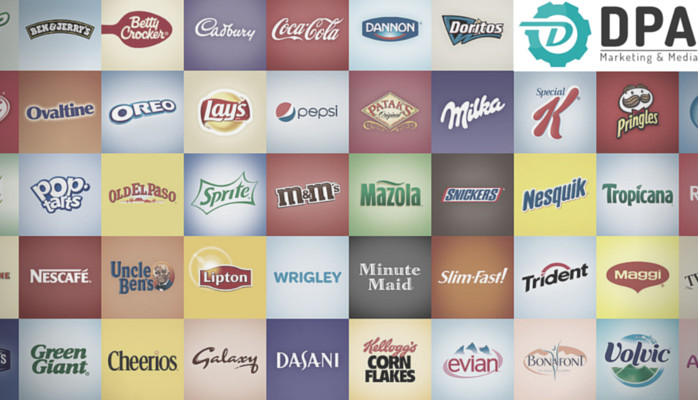
Is It Time to Rebrand? ...Or Not?
Even the biggest companies out there make the decision to go through the rebranding process. Huge names like Kraft Foods, Microsoft, and Holiday Inn have given their logos a facelift over the past few years, so it may seem like a quick and easy change. It’s not. Small business owners need to know that this isn’t the case. When you choose to rebrand, it’s a time consuming and financially draining process. Also remember that branding isn’t just about the visual depiction of your company—it’s also about the company’s voice and mission.
"Your brand isn’t just about your business; it’s also about the audience who will make your business a success."
REASONS TO REBRAND
Changing up your logo is one thing (and it will affect everything from website to design to business cards so be sure to have some cash stashed away!) but rebranding goes much deeper than that. You may want to consider rebranding if:
- You find that customers aren’t responding to your current image;
- You need to stimulate growth;
- The company has changed direction (products are different, services have changed, etc.);
- Or your target audience has changed.
A full rebrand means reevaluating not just your logo, but your tone, values, and mission as well. Competitors who have tailored their marketing messages around their buyer personas will win the day. Having the right message will give your business the competitive edge.
A company must rebrand for all the right reasons. You definitely don’t want to rebrand if you don’t like your logo anymore, the company has internal issues, or you don’t have the finances to do a rebrand properly.
A REBRANDING FAILURE
Over time, logos can seem old and shabby looking, and while a business may think they could be represented better with a graphic that’s more sleek, it’s important to remember that customers have grown accustomed to your logo and may not feel the same way. Case and point: the Gap.
In 2010, the big name in affordable fashion changed its logo during the busy Christmas season. They didn’t tell anyone that the classic blue box with the word GAP is slightly stylized letters would change to a sans serif black font with a tiny blue box in the corner. They just did it, and no one was amused. Not only was the new design kind of lame—and something you could do in Microsoft Word in about five minutes—loyal customers only found out as they received their shopping bags at the checkout counter.
After a roughly $100 million investment into this less than stellar change, Gap swapped back to its classic logo after only six days. Not what they had expected, I’m sure.
A REBRANDING SUCCESS
In 2010, the YMCA did a huge overhaul. For the previous 160 years, they had been focused on improving the lives of many—one community at a time—and they didn’t feel that their image or message reflected that.
Going forward, they asked everyone to call them the Y. (Didn’t we call them just the Y anyway? We did, and that’s exactly the point.) Then, the Y changed how they talked about themselves, so others could gain a clearer understanding of what they offered communities by highlighting three focus areas: youth development, healthy living, and social responsibility. (The Y isn’t just a community pool!) Now that their audience could truly grasp what the Y was all about, they transformed their logo. The new logo is, in essence, the old logo modernized with brighter, bolder colors.
The Y committed to making the rebrand a complete marketing strategy by formally announcing the change to the public and offering style guides to employees to insure consistency across the entire brand. The rebranding effort helped to boost membership and donations to the Y’s annual fundraising campaign and showed the brand’s board of directors the real power behind a well planned marketing strategy.
BRANDING IS ABOUT IDENTITY
Take notes small business owners! There’s a right way and a wrong way to rebrand.Your customers already know you, so you need to think about who they are and what they want before you dive in and hire designers. You might want to modernize because you think it’s the right thing to do, but how do your customers feel? You can use emails, surveys, and even social media to send out feelers and find out how a rebrand would affect your customers’ delight.
If you decide that rebranding is what’s best for your business and the customers agree, be prepared to put a lot of love (and time!) into making your new image one that feels genuine and resonates with your target audience. Your brand isn’t just about your business; it’s also about the audience who will make your business a success.